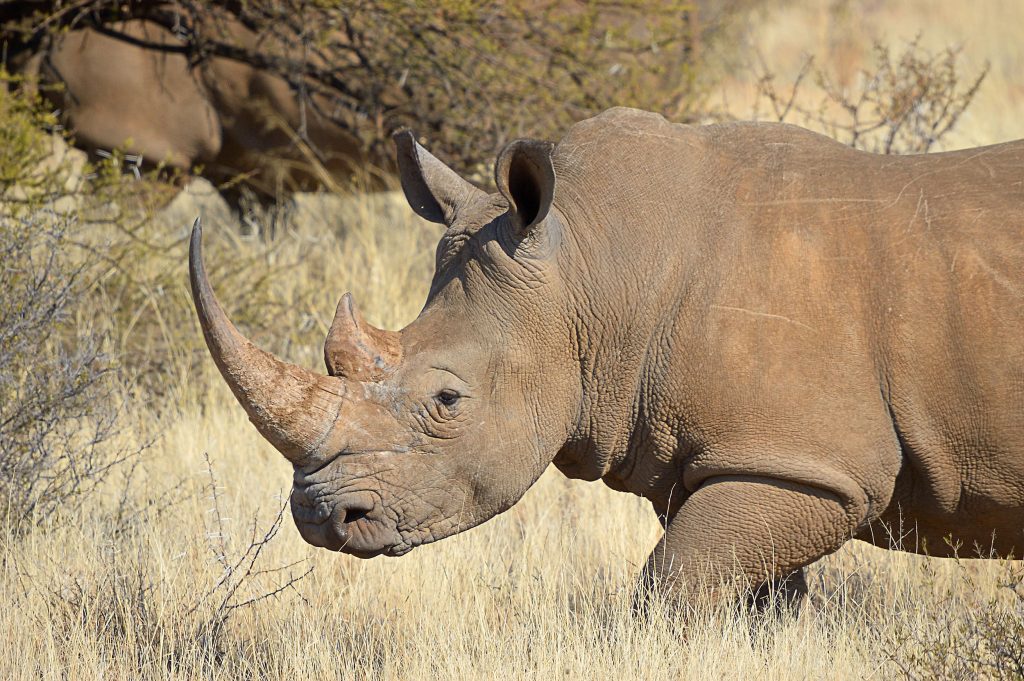September 22nd was World Rhino Day.
The only way to save a rhinoceros is to save the environment in which it lives because there’s a mutual dependency between it and millions of other species of both animals and plants. — David Attenborough
There is a magnificent beast immediately recognizable to every child in the world, with its heavy grey skin and prominent horn (or horns!) upon its snout the rhinoceros is a much-loved critter. However, it is deeply endangered in the wild and is quickly on the road to extinction if something isn’t done. So it is that World Rhino Day was established to help raise awareness and protect what remains of these magnificent creatures.
In 2010 it was apparent that the plight of the Rhinoceros wasn’t known to people around the world, and most people didn’t know just how close we were coming to the total extinction of this majestic species. So critical is the condition of the species that less than 30,000 rhinos were alive in the world at that time. So it was that the WWF-South Africa announced World Rhino Day in an effort to save the world’s remaining rhinos, an effort that grew to be an unprecedented success.
In 2011, one Lisa Jane Campbell fired off an email to Rhishja, a fellow lover of rhinos who wanted to see the five species of rhinos in the world continue to thrive and be there for future generations to enjoy. World Rhino Day, at the hands of these two incredible women, has become a phenomenon that spreads across the globe and is a resounding success. There’s still work to do though, as there are only about 100 Sumatran Rhinos left in the world, and between 60-65 Javan rhinos, so while the rhino populations of Africa are doing well there are still more to save.


